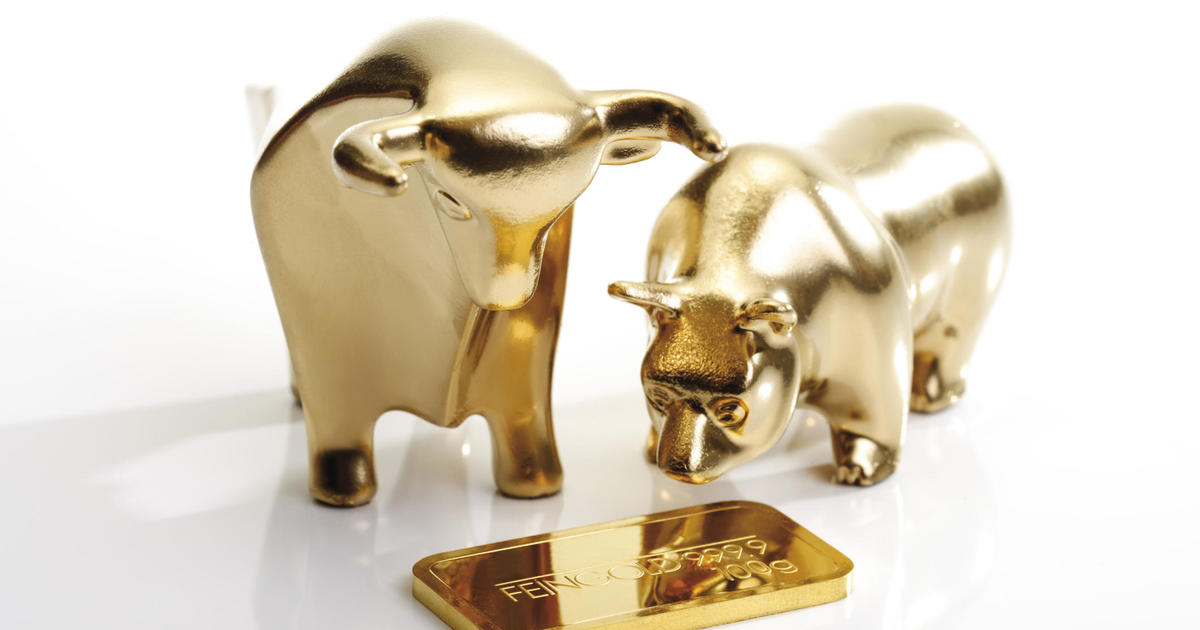Should I move all of my money to a high-yield savings account?
High-yield savings accounts have been a hot topic as of late, and for good reason. The Federal Reserve increased its target federal funds rate 11 times over the past two years, which sets the foundation for returns on deposit accounts. So, today's high-yield savings accounts offer interest rates that are higher than we've seen in recent years.
"One thing that is clear is that if you do choose to hold cash, it's probably best to keep that cash in a high-yield savings account," says Gary Zimmerman, CEO of MaxMyInterest. These accounts are "safe, same-day liquid, and can earn a higher return" than traditional savings accounts.
With such compelling perks, it wouldn't be surprising if you want to put as much money as possible into a high-yield savings account. You may even be wondering if you should move all of your money into one of these savings vehicles. Here's what you should know before you make a move.
Open a high-yield savings account today so your cash works harder for you.
Should I move all of my money to a high-yield savings account?
Although each financial situation is unique, it doesn't typically make sense for you to keep all of your money in a high-yield savings account. After all, most high-yield savings accounts limit withdrawals to only six per month, so a checking account is typically a better place to store your spending cash.
But what about your savings? Should you move all of your excess cash into a high-yield savings account? That depends.
"The decision of how much money to keep in cash versus other investments is really unique to each person," says Zimmerman. "This is why many people employ financial advisors who first seek to understand the client's short-term and long-term needs and goals, source of income, risk tolerance and investment time horizon before making any recommendation on how to allocate money between savings and investments."
But what if you don't have access to a financial advisor? How much of your idle cash should you store in a high-yield savings account?
How much money to move into a high-yield savings account
There's no rule on the exact amount to have in your high-yield savings account. The amount of money you should store in these accounts depends on various factors. However, the general rule of thumb is that you should have liquid access to enough cash to cover between three and six months of your expenses. That should give you enough time to recover from most financial hardships, even those as serious as losing your job.
Let's say that between your bills and other expenses, like food and gas, you spend an average of $3,500 per month. In this case, you should have between $10,500 and $21,000 in a high-yield savings account at all times.
Open a high-yield savings account now to take advantage of today's high rates.
Where to put the rest of your savings
Once you've saved enough money to cover six months of your expenses, you shouldn't stop saving. You just need to find a more advantageous home for your money. That's where investing comes in. Here are a few options to consider:
- Precious metals: Precious metals like gold and silver have historically been a compelling store of value. Moreover, as commodities, these assets typically keep up with inflation.
- Exchange-traded funds (ETFs): Rather than taking on the risks associated with choosing your stock investments, it may benefit you to consider investing in low-cost ETFs instead. These investments typically offer an affordable way to tap into a highly diversified basket of stocks, bonds or both.
- Real estate: There are several ways to invest in real estate. If you don't have enough money to invest in properties on your own, consider a real estate investment trust (REIT). These are essentially real estate versions of ETFs, and offer a way to invest in diversified real estate portfolios.
There are other options to consider as well. If you're not well-versed in investing, it may be wise to speak to a financial advisor to create a plan considering your unique circumstances.
Keep an eye on interest rate changes
"When the Federal Reserve increases the fed funds rate, banks often adjust the interest rates that they pay on savings accounts upwards as well. But not all banks increase their interest rates at the same time or by the same amount," says Zimmerman. "So it pays to keep close tabs on your money and make sure you're earning the highest rate possible, especially as rates change."
So, once you move your savings to a high-yield savings account, be sure to check the market once every six months or so. After all, there may be a better rate for you to take advantage of from time to time.
Compare your high-yield savings account options now.
The bottom line
The bottom line is that it's wise to keep a meaningful amount of money in a high-yield savings account, but these accounts aren't the best place for most people to store 100% of their idle cash. Once you've saved a meaningful amount of money in your high-yield savings account, it may benefit you to consider diversifying your investments between gold, the stock market, real-estate and other investment vehicles to make your money works for you.





